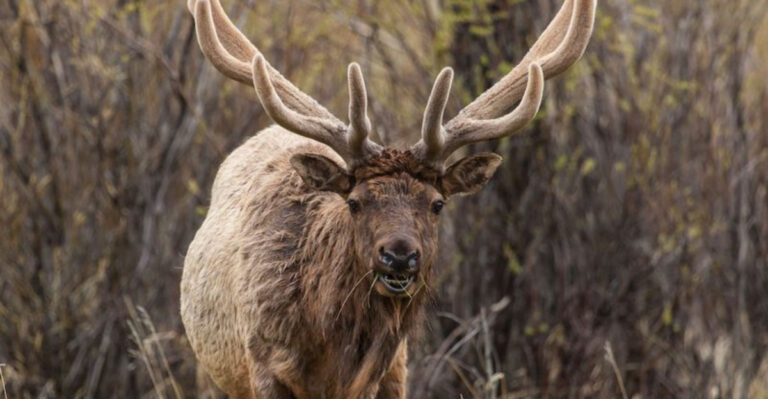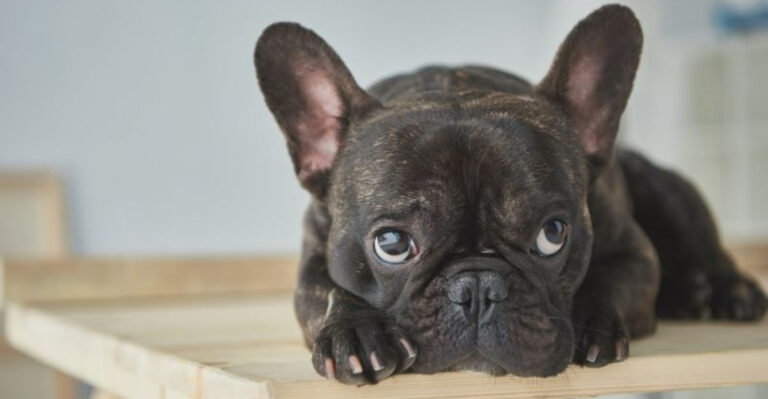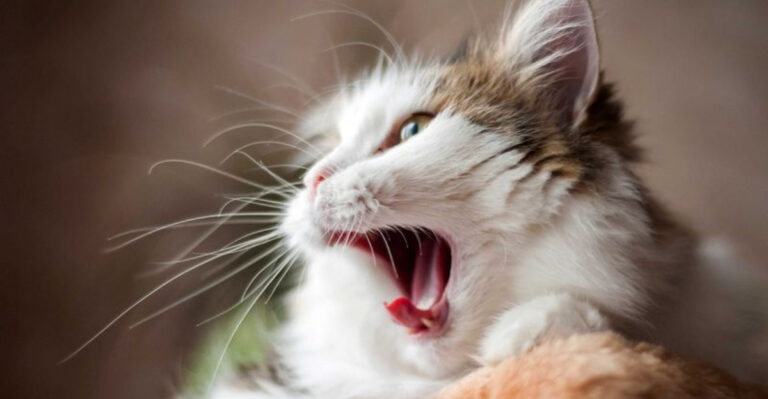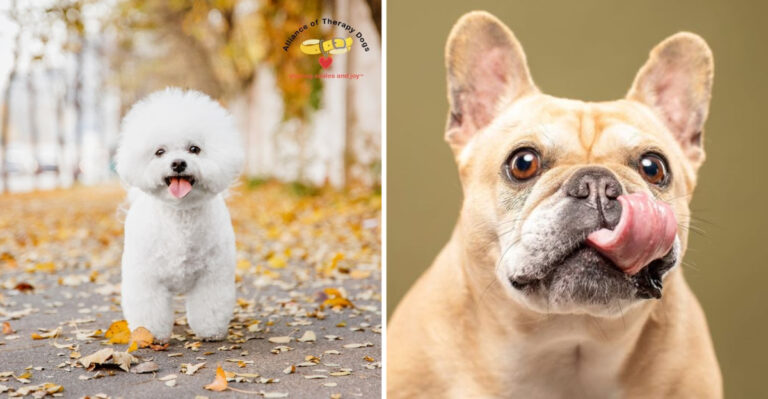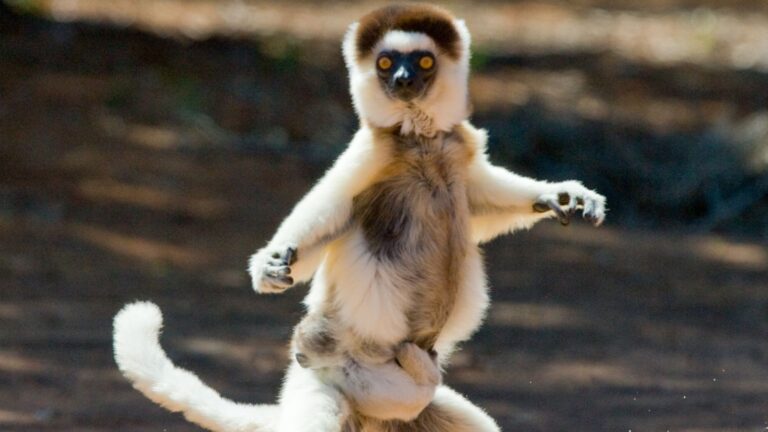16 Dog Breeds That Aren’t Suitable For Pet Life
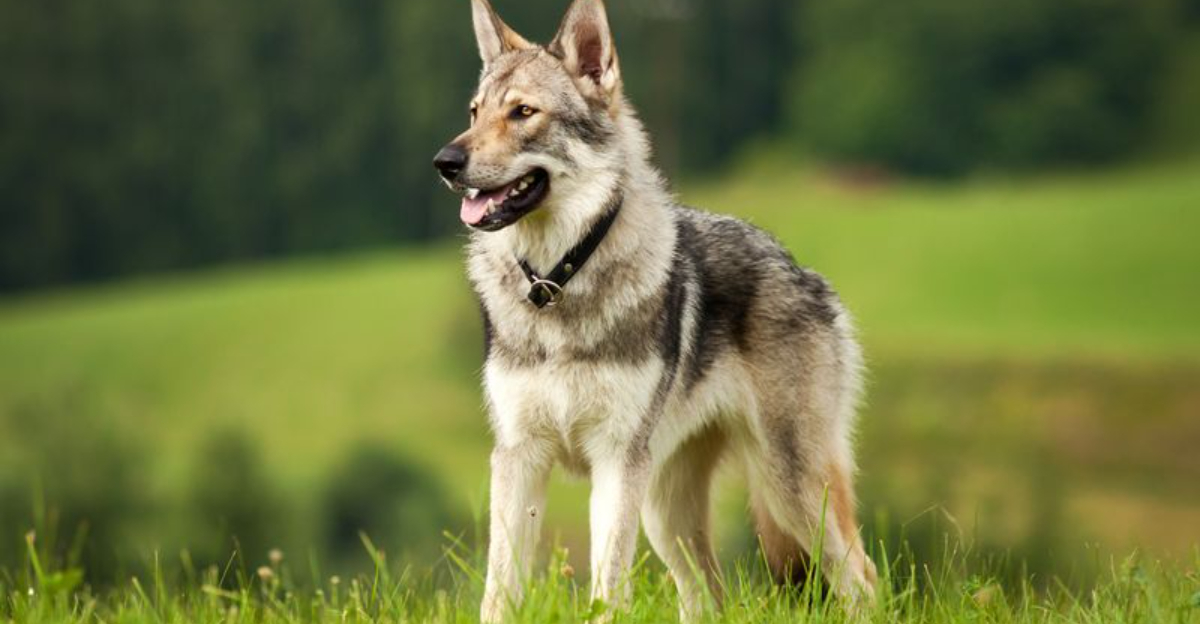
Not every dog breed is suited for life as a family pet. While some dogs are affectionate, adaptable, and low-maintenance, others require more space, exercise, or specialized care than most pet owners can provide.
Whether due to their high energy levels, independent nature, or specific needs, these breeds can be challenging to live with in a typical household. If you’re considering adding a dog to your family, it’s important to be aware of the breeds that might require more than you’re ready for.
1. Wolfdog
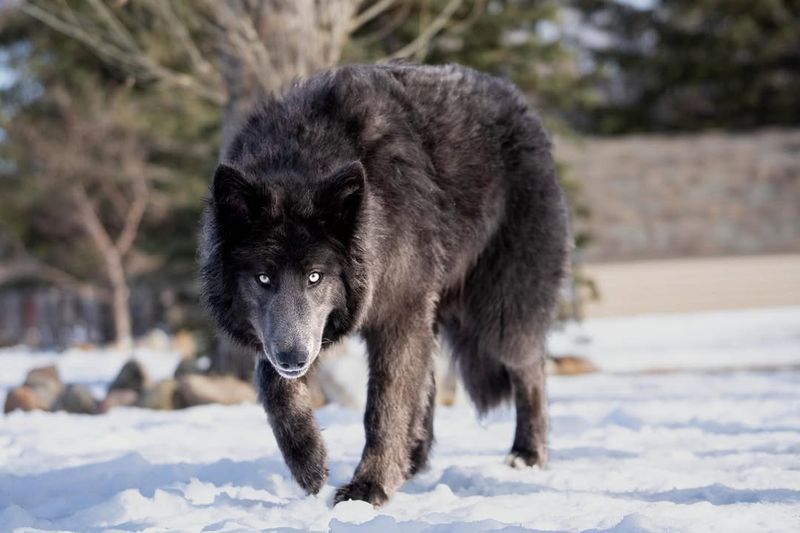
The wolfdog is a captivating creature, blending the majestic wildness of a wolf with the domestic traits of a dog. However, its beauty is matched by complexity, making it a challenging pet. Wolfdogs require an enormous amount of space, far more than a regular backyard, to roam freely and express their natural instincts. Their strong prey drive can make them incompatible with smaller animals, requiring constant supervision.
Additionally, wolfdogs are known for their strong pack mentality, meaning they may not adapt well to typical family dynamics. They often require handlers with specific expertise in canine behavior. Training a wolfdog is not for the faint-hearted; they demand patience and consistency. Their natural instincts can override any training if not handled correctly.
2. Tosa Inu
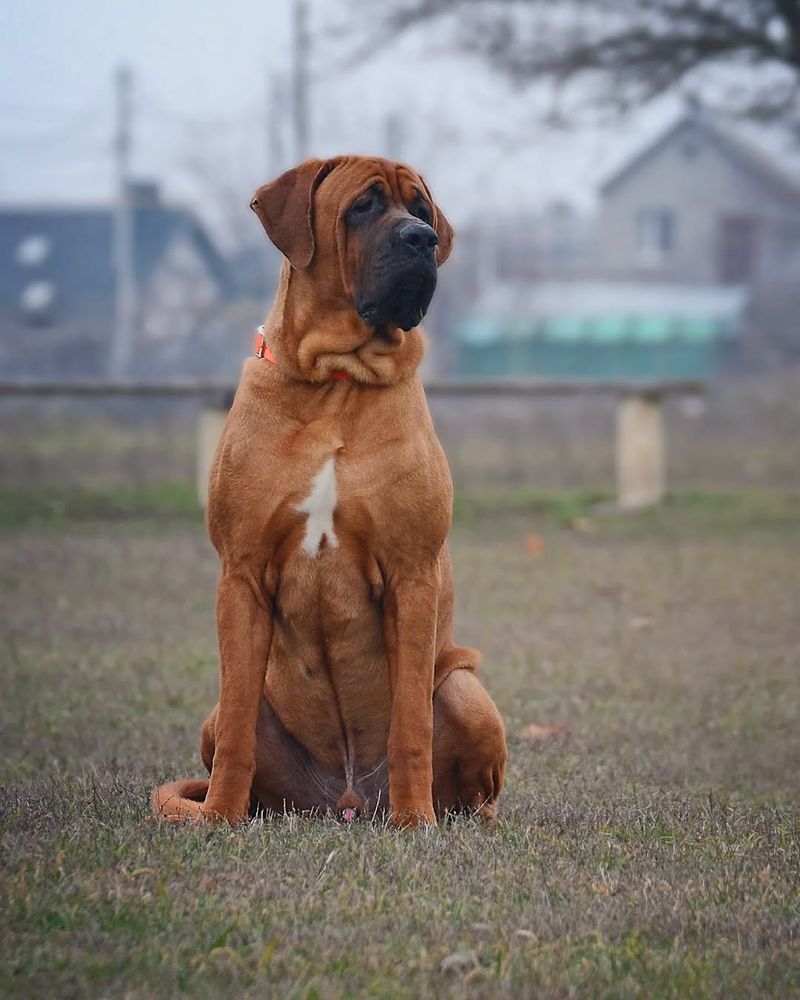
The Tosa Inu, a breed originating from Japan, is known for its formidable presence and impressive strength. Originally bred for dog fighting, the Tosa Inu is not your average family pet. Its natural strength, combined with a strong protective instinct, can pose challenges in a domesticated setting. This breed requires an owner who is experienced and confident in handling strong-willed dogs.
Socialization from an early age is crucial for the Tosa Inu, as they can develop aggressive tendencies if not properly managed. Their independent nature can make training sessions demanding. This breed thrives in environments where their physical and mental needs are met consistently. Not every owner is prepared for the commitment that a Tosa Inu demands.
3. Presa Canario
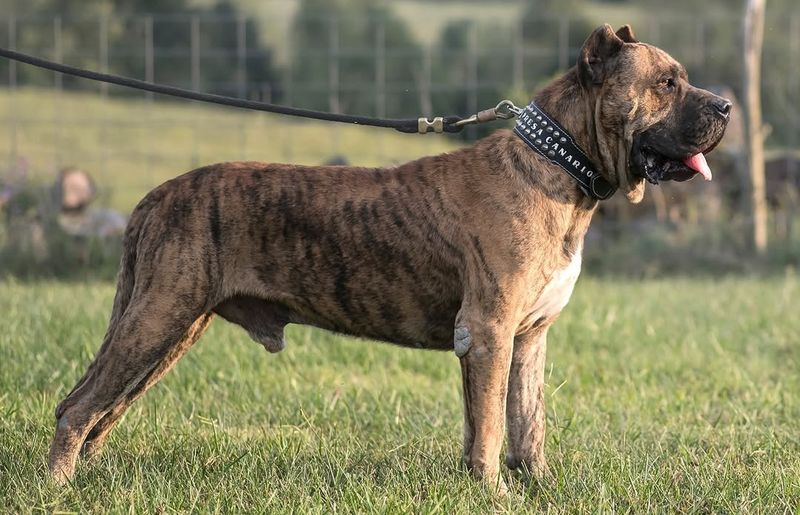
Known for its imposing stature and protective instincts, this breed is not for the faint-hearted. Presas require an owner who can provide firm and consistent training, as their independent nature can lead to dominance issues if not managed properly.
Their protective nature makes them excellent guard dogs, but it also means they can be wary of strangers. Early socialization is paramount to ensure they grow into well-adjusted adults. Without it, their natural suspicion can turn into aggression, making them a liability rather than a companion.
4. Fila Brasileiro
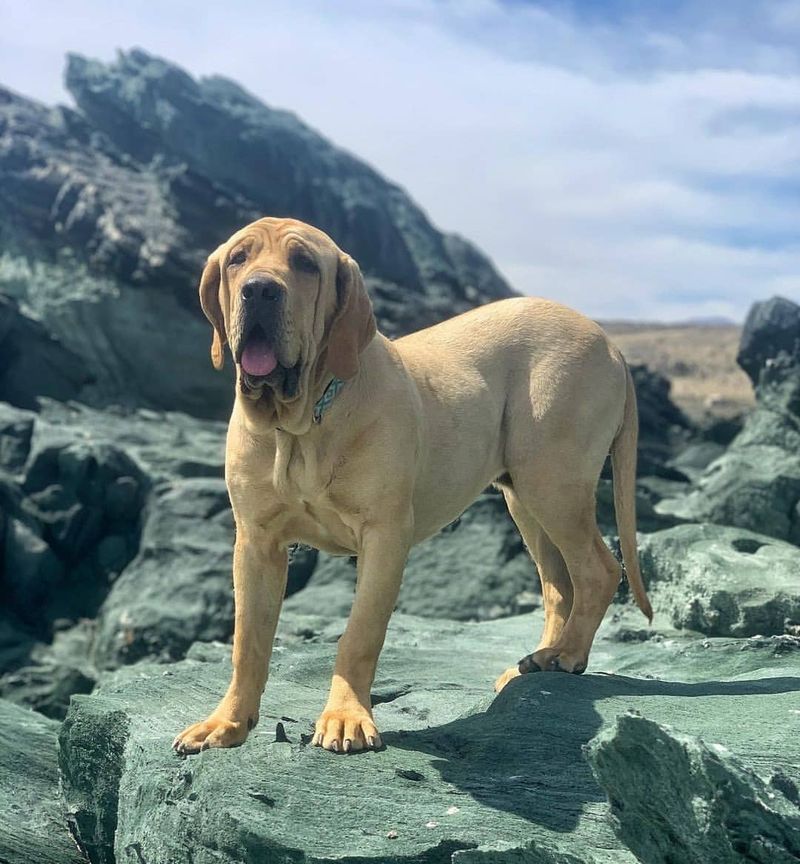
Renowned for their loyalty and protective nature, the Fila Brasileiro is a breed deeply rooted in Brazilian culture. Historically used for hunting and guarding livestock, this breed is known for its unwavering devotion to its family. However, this intense loyalty comes with a downside, as they can be fiercely territorial and wary of strangers.
The Fila Brasileiro has a strong-willed personality, requiring an experienced handler who understands the nuances of canine behavior. Training this breed demands patience and consistency, as their independent streak can lead to stubbornness. Early socialization is crucial to ensure they can distinguish between friend and foe.
5. Dogo Argentino
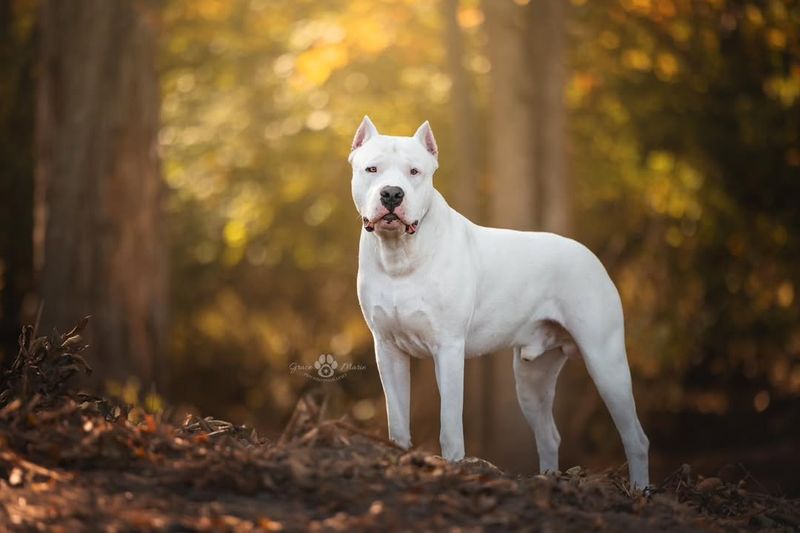
The Dogo Argentino is a breed that embodies strength and athleticism, originally developed in Argentina for big-game hunting. This powerful dog is known for its bravery and dominant presence, traits that can pose challenges in a domestic setting. The Dogo requires a firm and assertive owner who can provide consistent training and leadership.
Early socialization is key for the Dogo Argentino to ensure it grows into a well-balanced adult. Without it, their natural protective instincts can turn into aggression, especially towards strangers. This breed’s high energy levels mean they need ample exercise and mental stimulation to prevent boredom and destructive behavior.
6. Caucasian Shepherd Dog
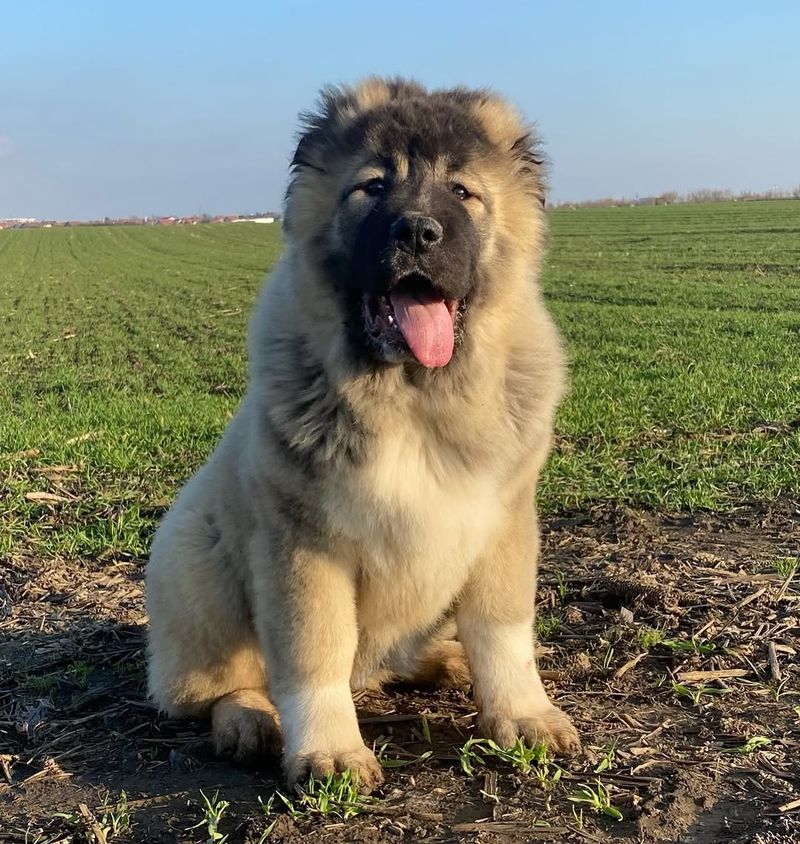
The Caucasian Shepherd Dog, also known as the Caucasian Ovcharka, is a formidable guardian breed originating from the Caucasus region. Known for their size and strength, these dogs were traditionally used to protect livestock from predators. This instinctual protective nature makes them excellent guardians, but it also means they require a specific type of owner.
These dogs can be aloof with strangers and need extensive socialization from a young age. Their independent nature can make training a challenge, requiring an experienced handler who can establish clear boundaries. Without proper guidance, the Caucasian Shepherd Dog’s natural protective instincts can become problematic.
7. Kangal
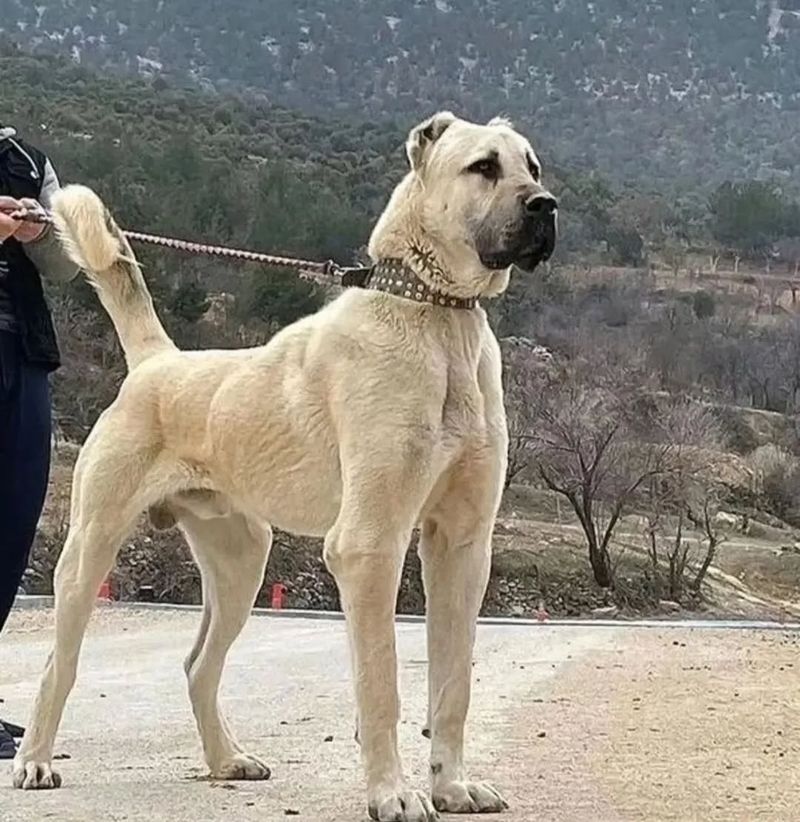
Traditionally used as a livestock guardian, Kangals are celebrated for their ability to ward off predators. While their guardian instincts are commendable, they can pose challenges in a typical home environment.
Kangals are known for their independent and strong-willed nature. They require an owner who can provide firm and consistent leadership to ensure they understand their role within the household. Without proper training and socialization, their protective instincts can become problematic, especially around strangers.
8. Neapolitan Mastiff
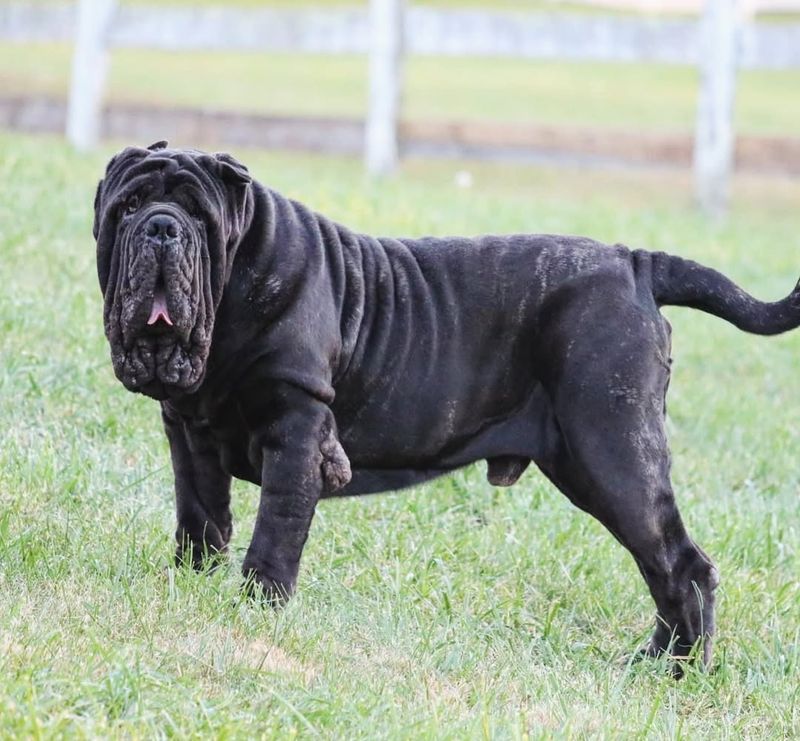
The Neapolitan Mastiff is a breed that leaves a lasting impression with its distinctive appearance and massive size. Known for their protective instincts, these dogs were historically used as guard dogs in Italy. Their imposing presence and loyal nature make them excellent protectors, but these traits can also pose challenges in a domestic setting.
Neapolitan Mastiffs are known for their independent and sometimes stubborn nature. Consistent training and early socialization are crucial to ensure they develop into well-adjusted companions. Without proper guidance, their protective instincts can lead to aggression, particularly towards strangers.
9. Boerboel
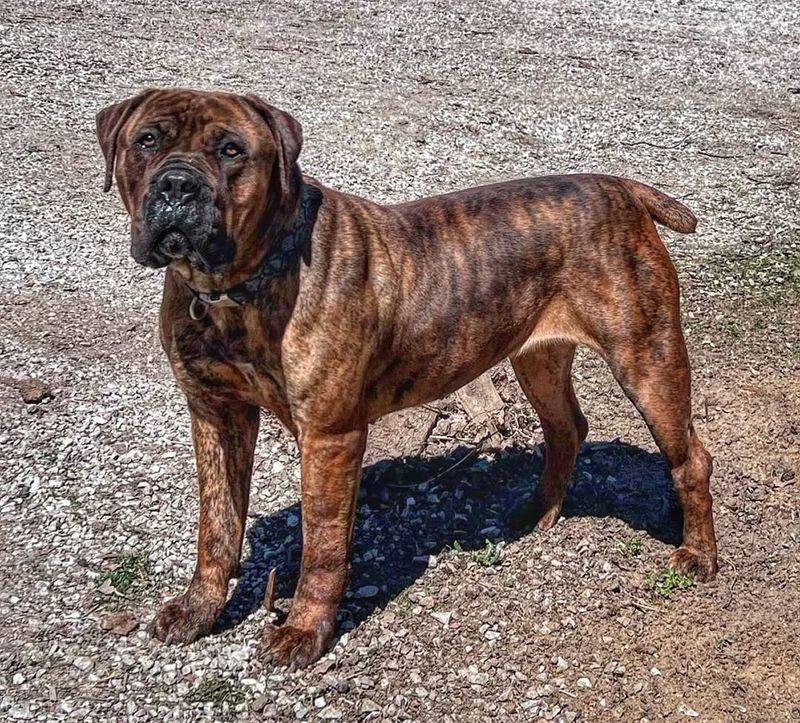
Originating from South Africa, the Boerboel is a breed known for its strength and protective nature. Bred to guard homesteads, this dog is fearless and confident, traits that can be both a blessing and a challenge in a home environment. The Boerboel requires an owner who can provide strong leadership and consistent training.
Their protective instincts are deeply ingrained, making early socialization crucial to ensure they differentiate between friend and foe. Without proper guidance, the Boerboel’s natural guarding instincts can lead to aggression, especially towards strangers. This breed’s size and strength require ample space to exercise and thrive.
10. Central Asian Shepherd Dog
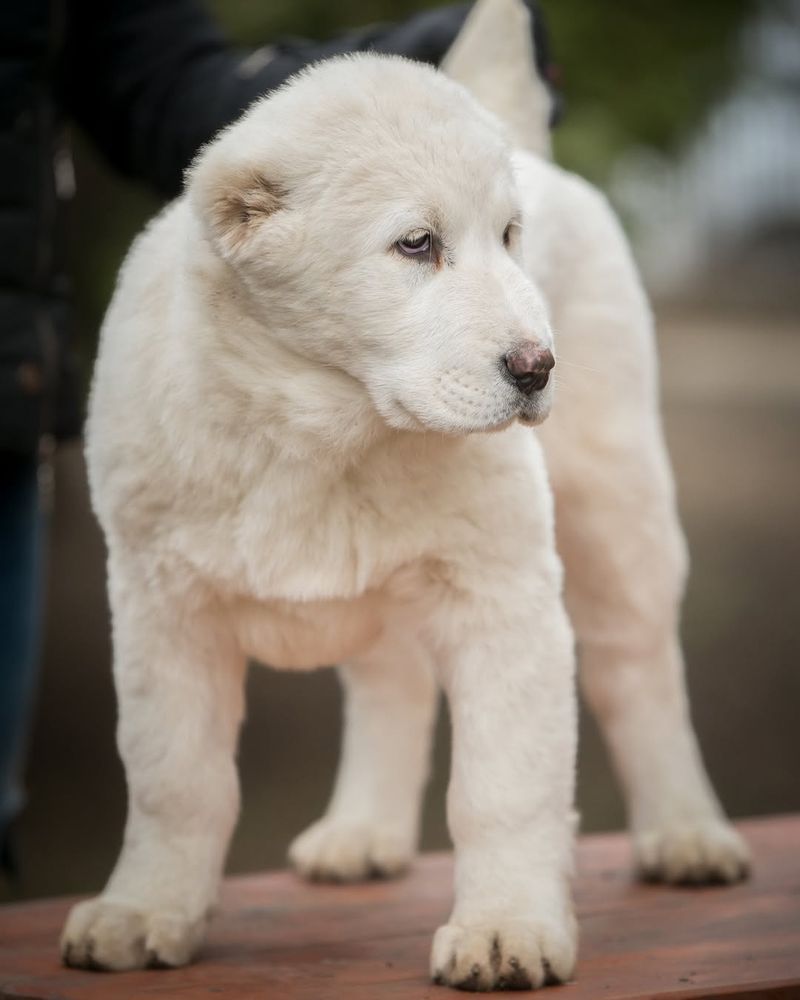
The Central Asian Shepherd Dog, also known as the Alabai, is a breed with a rich history as a livestock guardian. Known for their strength and independence, these dogs are bred to protect flocks from predators. Their guarding instincts are deeply ingrained, making them both formidable protectors and challenging pets.
This breed requires an owner who can provide firm and consistent leadership, as their independent nature can lead to stubbornness. Extensive socialization from a young age is essential to ensure they can distinguish between friend and foe. Without it, their protective instincts can become problematic, especially in a household setting.
11. American Bandogge
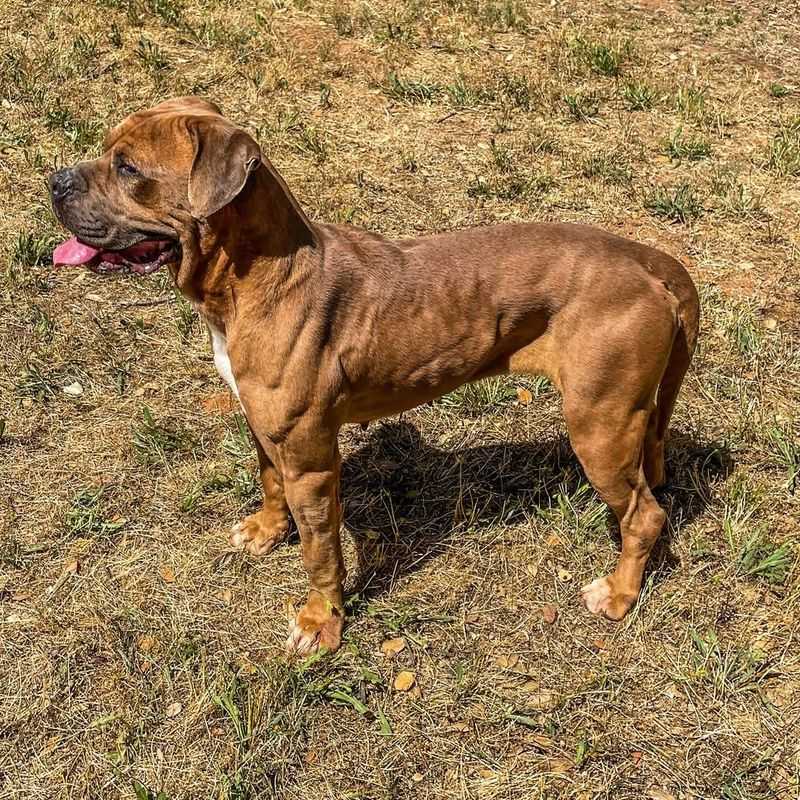
A crossbreed with roots in the American Pit Bull Terrier and Neapolitan Mastiff, this dog is known for its strength and tenacity. While they can be loyal companions, their size and temperament make them unsuitable for inexperienced owners.
The Bandogge requires firm and consistent training from an early age to ensure they develop into well-adjusted adults. Without proper guidance, their natural protective instincts can lead to aggression, particularly towards strangers. This breed’s high energy levels demand ample exercise and mental stimulation to prevent boredom and destructive behavior.
12. Tibetan Mastiff
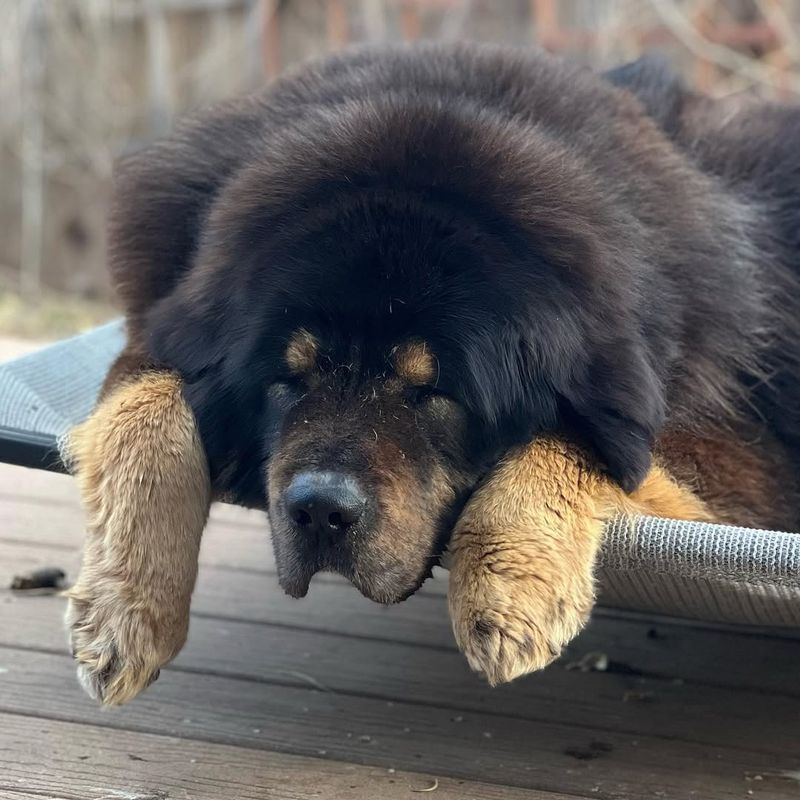
Originating from the Himalayas, this breed was traditionally used to protect livestock and monasteries. Their natural guarding instincts are commendable, but they can pose challenges in a typical home environment.
This breed requires an experienced owner who can provide firm and consistent leadership. Tibetan Mastiffs are known for their independence and strong-willed nature, making training a challenge. Early socialization is crucial to ensure they can distinguish between friend and foe.
13. Perro De Presa Mallorquin
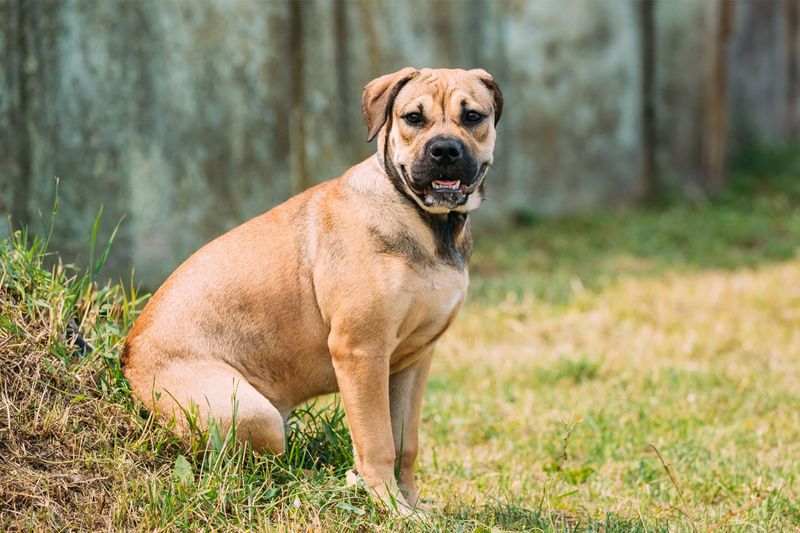
The Perro de Presa Mallorquin, also known as the Ca de Bou, is a breed known for its strength and tenacity. Originating from Spain, this dog was historically used for guarding and bull-baiting. Their formidable presence and protective instincts make them both impressive and challenging pets.
This breed requires an owner who can provide firm and consistent training from an early age. Without proper guidance, their natural guarding instincts can lead to aggression, particularly towards strangers. Early socialization is crucial to ensure they develop into well-balanced adults.
14. American Pit Bull Terrier
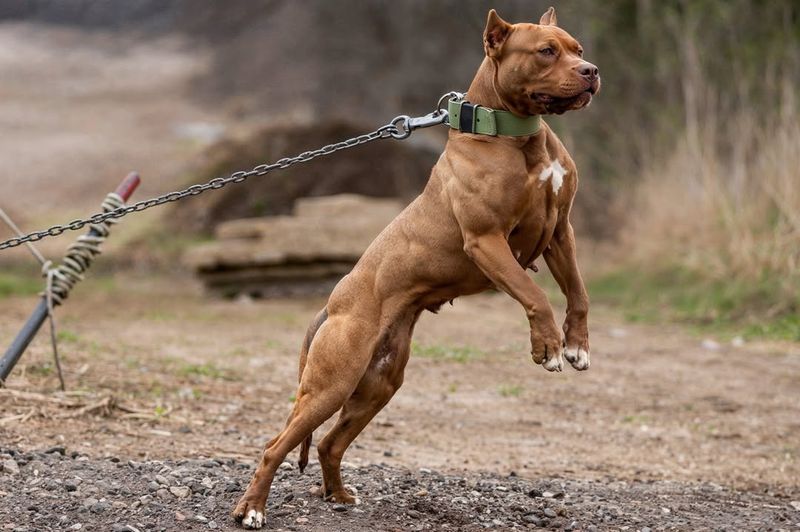
The American Pit Bull Terrier is a breed that often finds itself at the center of controversy due to its powerful build and strong personality. Known for their strength and tenacity, these dogs require an experienced owner who can provide firm and consistent training.
Early socialization is crucial for the American Pit Bull Terrier to ensure they grow into well-adjusted adults. Without it, their protective instincts can become problematic, especially towards strangers. This breed’s high energy levels mean they need ample exercise and mental stimulation to prevent boredom and destructive behavior.
15. Czechoslovakian Vlcak
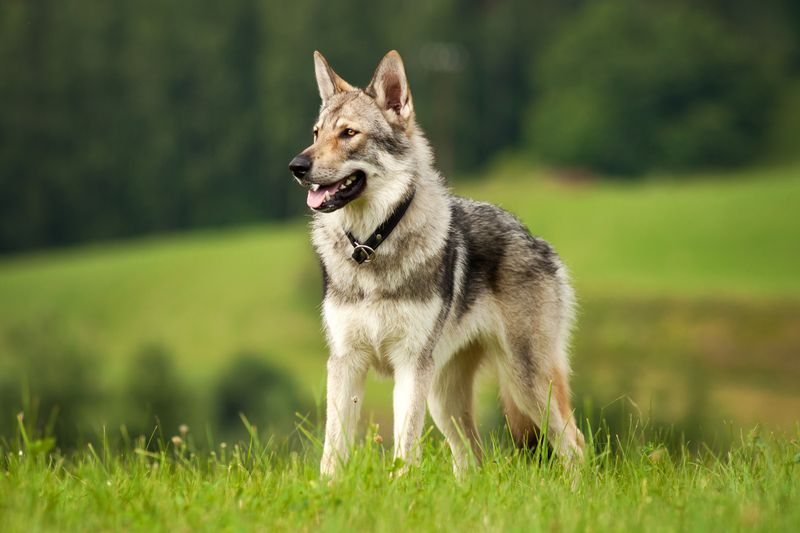
The Czechoslovakian Vlcak is a breed born from a mix of German Shepherd and Carpathian wolves. This hybrid possesses a remarkable intelligence and a fierce independence that can be challenging for inexperienced owners.
A Vlcak thrives in active settings, requiring both mental and physical stimulation. Its pack mentality often leads to strong bonds but can struggle with separation anxiety. Moreover, their wolf-like instincts make them agile escape artists.
Originally bred for military use, they are known for their endurance and resilience. Without proper training and environment, they may not thrive in a typical home setting.
16. Chow Chow
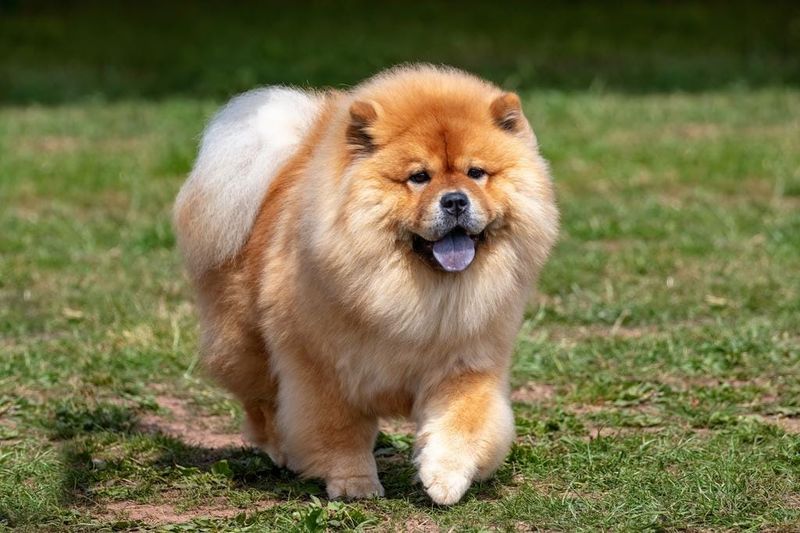
The Chow Chow is a dog breed known for its distinct lion-like appearance and independent, aloof nature. While they are loyal to their families, Chow Chows can be particularly challenging for first-time dog owners due to their strong-willed temperament.
These dogs tend to be reserved around strangers and can be territorial, making socialization and training essential from a young age. Additionally, their thick double coat requires regular grooming to prevent matting and keep their skin healthy.
Chow Chows are not always the most affectionate breed, preferring to maintain their independence rather than constantly seek human attention, which can make them less suited for owners looking for a cuddly, easygoing companion.

